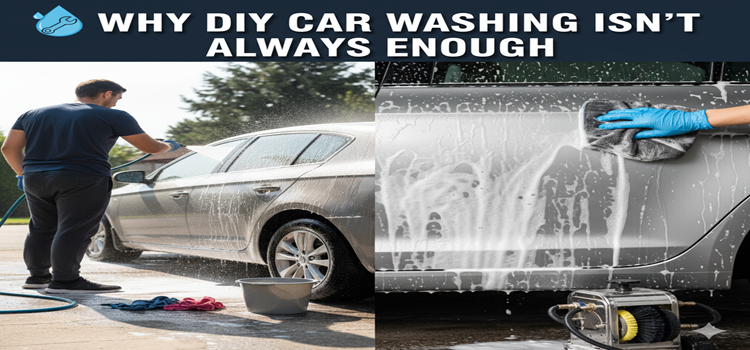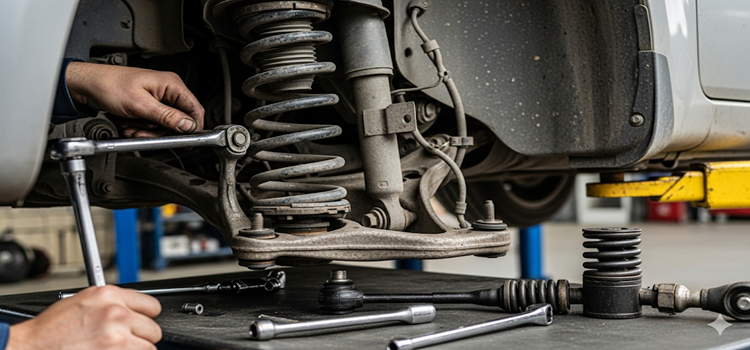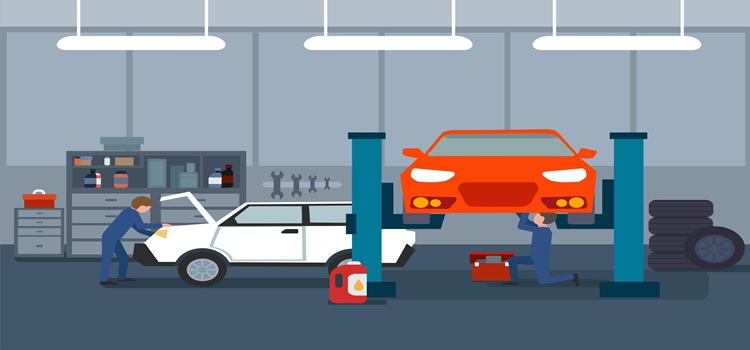As digital storage demands continue to rise in 2025, selecting the right external hard drive is more essential than ever. Whether you’re backing up important documents, storing high-resolution videos, or transferring files between devices, a reliable external drive ensures your data is safe, accessible, and portable.
At PC Systems Ltd, a leading tech supplier based in Ireland, we’ve helped thousands of customers find the perfect storage solution. In this comprehensive guide, we’ll walk you through the key features to look for, common use cases, and our expert recommendations for choosing the best external hard drive to match your needs.
Why Use an External Hard Drive?
An external hard drive is a powerful tool for extending your digital workspace. Here’s why they remain a top choice in 2025:
- Safe and reliable backups for critical data
-
Extra storage space for laptops or tablets with limited internal memory
-
Simple file sharing between computers
-
Ideal for offsite or mobile work environments
-
Essential for content creators dealing with large files
Whether you’re a student, professional, gamer, or photographer, an external drive offers flexibility and peace of mind.
Types of External Hard Drives
When searching for the best external hard drive, understanding the difference between the two primary types is key:
- HDD (Hard Disk Drive): More affordable, higher capacities, suitable for general backups and long-term storage.
- SSD (Solid State Drive): Faster, more durable, and shock-resistant. Best for frequent use, file transfers, and portability.
Both options are widely available at PC Systems Ltd, with configurations designed for home, office, and enterprise use.
How to Choose the Right External Hard Drive in 2025
Here are the main features to consider when selecting the best external hard drive:
1. Storage Capacity
This depends on what you plan to store:
-
500GB–1TB: Great for documents, photos, and occasional backups
-
2TB–4TB: Ideal for video files, project storage, or larger game libraries
-
5TB and above: Perfect for content creators, designers, or small businesses
At PC Systems Ltd, we stock a wide range of capacities to meet every need and budget.
2. Speed and Performance
Transfer speed is a major factor, especially for large files.
-
HDDs: Typically offer read/write speeds of 80–150 MB/s
-
SSDs: Often reach 400–1000+ MB/s
Choose a portable hard drive cork with SSD technology if you’re working with high-resolution media or large file transfers on the go.
3. Connectivity
Today’s best external hard drives feature USB-C, USB 3.2, or Thunderbolt interfaces, enabling faster transfer speeds and broader device compatibility. Before purchasing, check your computer or device’s ports to ensure seamless connectivity.
4. Portability
If you frequently travel or work remotely, a portable hard drive is a must. These drives are lightweight, compact, and often feature rugged or waterproof casing for added durability. Look for shock-resistant or drop-tested models for peace of mind.
PC Systems Ltd offers a wide selection of portable hard drives specifically designed for mobile professionals in Ireland.
5. Security Features
In 2025, data security is a top priority. Many modern external drives include:
-
AES 256-bit hardware encryption
-
Password protection
-
Backup and sync software
These features ensure that sensitive data remains secure, especially when you’re working across different networks or sharing devices.
6. Brand & Warranty
Well-known brands such as Western Digital, Seagate, Samsung, and LaCie offer proven reliability. PC Systems Ltd proudly partners with these global manufacturers and offers extended warranties on select models for added customer confidence.
Best Use Cases for External Hard Drives
Still unsure if you need an external hard drive cork or which one suits your workflow? Here are some popular use cases:
- Photographers: Store and transfer RAW image files quickly using a portable SSD
-
Gamers: Expand console or PC storage for smoother performance
-
Small Businesses: Use external drives for daily backups and compliance
-
Students: Keep coursework and media organized and secure
-
Remote Workers: Share files across work and personal devices efficiently
No matter your profession or digital lifestyle, there’s a storage solution to match.
Recommended External Hard Drives in 2025
Here are a few of the best external hard drive ireland options available now at PC Systems Ltd:
1. Samsung T7 Shield 2TB Portable SSD
-
Ultra-fast transfers
-
Rugged and shock-resistant
-
Ideal for creatives and mobile professionals
2. WD My Passport 4TB HDD
-
Affordable, high-capacity backup
-
Password-protected with automatic backup software
-
Excellent for everyday storage
3. Seagate Expansion Portable 2TB
-
Plug-and-play simplicity
-
Lightweight and travel-friendly
-
Great for students and casual users
4. LaCie Rugged Mini 5TB
-
Water and drop resistant
-
Professional-grade performance
-
Perfect for field work and media production
Visit our store or contact PC Systems Ltd online to explore the full range and get tailored recommendations from our team.
Conclusion
As our reliance on digital data continues to grow, choosing the right external hard drive is more important than ever. From everyday backups to high-performance portable hard drives, there’s a perfect solution waiting for you.
At PC Systems Ltd in Ireland, we’re proud to provide trusted advice, quality products, and competitive pricing on the best external hard drives available in 2025. Whether you need storage for home, school, or business, our team is here to help.










